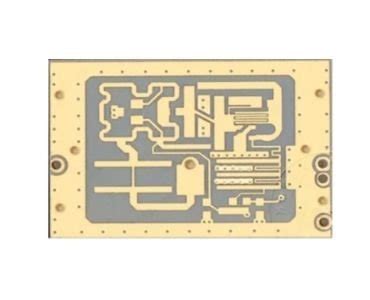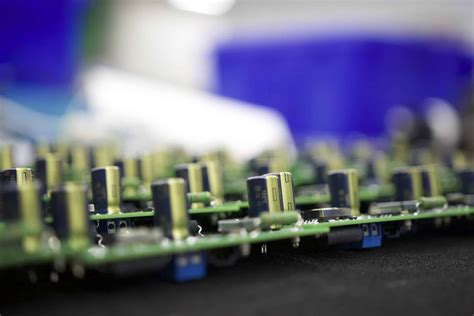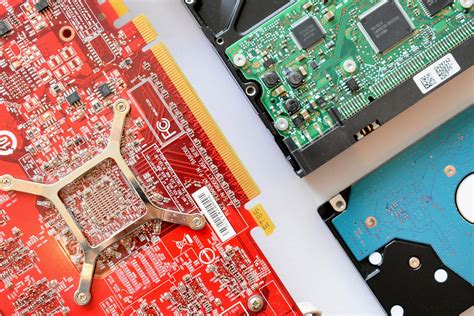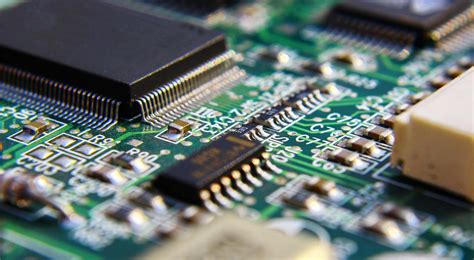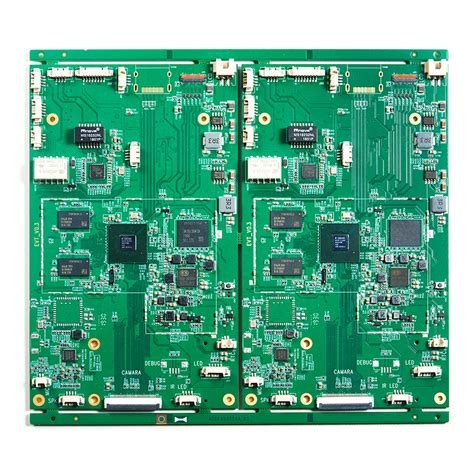Design performance requirements for multi-substrates
Most of the design performance of multi-substrates is similar to that of single or dual substrates, that is, to avoid cramming too many circuits into too small a space, which results in unrealistic tolerances, high inner layer capacitance, and even possible safety compromises to product quality. Therefore, performance specifications should consider a complete evaluation of thermal shock, insulation resistance, solder resistance, etc. of the inner layer circuits. The following describes the important factors that should be considered in multi-substrate design.
1.Mechanical design factors
Mechanical design includes selecting the appropriate board size, board thickness, board stacking, inner layer copper tubes, aspect ratio, etc.
(1) Board size
The board size should be optimized based on application requirements, system box size, limitations of the board manufacturer, and manufacturing capabilities. Large boards have many advantages, such as fewer substrates, shorter circuit paths between many components, which results in higher operating speeds, and each board can have more input and output connections, so large boards should be preferred in many applications, such as in personal computers, where larger motherboards are seen. However, it is more difficult to design signal line layouts on large boards, requiring more signal layers or internal connections or spaces, and more difficult to heat treat. Therefore, designers must consider various factors, such as standard board size, size of manufacturing equipment, and limitations of the manufacturing process. Some guidelines for selecting standard printed circuit/board sizes are given in 1PC-D-322.
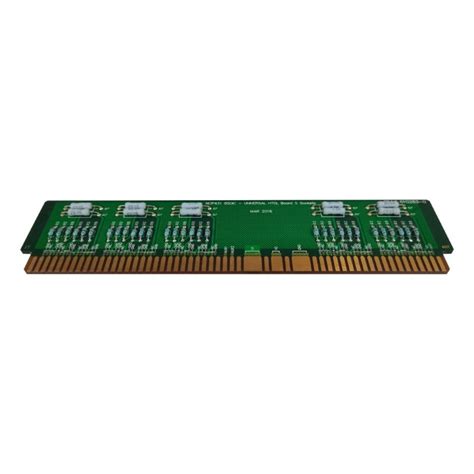
(2) Board Thickness
The thickness of a multi-substrate is determined by a variety of factors, such as the number of signal layers, the number and thickness of power planes, the aspect ratio of aperture and thickness required for quality punching and plating, the length of component pins required for automatic insertion, and the type of connection used. The thickness of the entire circuit board is composed of the conductive layer on both sides of the board, the copper layer, the substrate thickness, and the thickness of the prepreg material. It is difficult to obtain tight tolerances on a composite multi-substrate, and a tolerance standard of about 10% is considered reasonable.
(3) Board Stacking
In order to minimize the chance of board distortion and obtain a flat finished board, the layering of the multi-substrate should be kept symmetrical. That is, have an even number of copper layers and ensure that the copper thickness and the copper foil pattern density of the board layer are symmetrical. The radial direction of the structural material (for example, fiberglass cloth) usually used in the laminate should be parallel to the edge of the laminate. Because the laminate shrinks radially after bonding, this will cause the layout of the circuit board to distort, showing variable and low spatial stability.
However, the warping and distortion of the multi-substrate can be minimized by improving the design. The purpose of reducing warping and distortion can be achieved by evenly distributing the copper foil on the entire layer and ensuring the structural symmetry of the multi-substrate, that is, ensuring the same distribution and thickness of the prepreg material. The copper and lamination layers should be made from the center layer of the multi-substrate to the outermost two layers. The minimum distance (dielectric thickness) between two copper layers is specified to be 0.080mm.
From experience, it is known that the minimum distance between two copper layers, that is, the minimum thickness of the prepreg material after bonding must be at least twice the thickness of the embedded copper layer. In other words, if the thickness of each layer of two adjacent copper layers is 30μm, the thickness of the prepreg material is at least 2 (2 x 30μm) = 120μm, which can be achieved by using two layers of prepreg material (the typical value of glass fiber fabric is 1080).
(4)Inner layer copper foil
The most commonly used copper foil is 1oz (1oz copper foil per square foot of surface area). However, for dense boards, its thickness is extremely important and strict impedance control is required. Such boards require
0.50z copper foil. For power and ground layers, it is best to use 2oz or heavier copper foil. However, etching heavier copper foil will result in reduced controllability and it is not easy to achieve the desired line width and spacing tolerance pattern. Therefore, special processing technology is required.
(5) Holes
Depending on the size of the component pin diameter or diagonal, the diameter of the plated through hole is usually kept between 0.028 and 0.010 in. This ensures sufficient volume for better soldering.
(6) Aspect ratio
“Aspect ratio” is the ratio of the thickness of the board to the diameter of the drill hole. 3:1 is generally considered to be the standard aspect ratio, although high aspect ratios such as 5:1 are also commonly used. The aspect ratio can be determined by factors such as drilling, desmear or etch back, and electroplating. When maintaining the aspect ratio within the producible range, the via should be as small as possible.
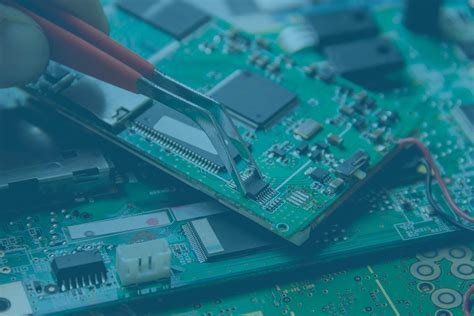
2.Electrical design factors
Multi-substrate is a high-performance, high-speed system. For higher frequencies, the rise time of the signal is reduced, so the control of signal reflection and line length becomes critical. In multi-substrate systems, the requirements for the controllable impedance performance of electronic components are very strict, and the design must meet the above requirements. The factors that determine impedance are the dielectric constant of the substrate and prepreg materials, the wire spacing on the same layer, the thickness of the interlayer dielectric, and the thickness of the copper conductor. In high-speed applications, the order of lamination of conductors in multiple substrates and the order of connection of signal nets are also critical. Dielectric constant: The dielectric constant of the substrate material is an important factor in determining impedance, propagation delay and capacitance. The dielectric constant of substrates and prepreg materials using epoxy glass can be controlled by changing the percentage of resin content.
The dielectric constant of epoxy resin is 3.45 and the dielectric constant of glass is 6.2. By controlling the percentage of these materials, the dielectric constant of epoxy glass can reach 4.2-5.3. The thickness of the substrate is a good example for determining and controlling the dielectric constant.
Prepreg materials with relatively low dielectric constants are suitable for use in RF and microwave circuits. At RF and microwave frequencies, the lower dielectric constant results in lower signal delay. In the substrate, the low loss factor can minimize electrical losses.
Prepreg material ROR 4403 is a new material produced by ROGERS. This material is compatible with other substrates used in standard multi-substrate (FR-4 material) structures (for example, RO 4003 or RO 4350 used in microwave boards).

